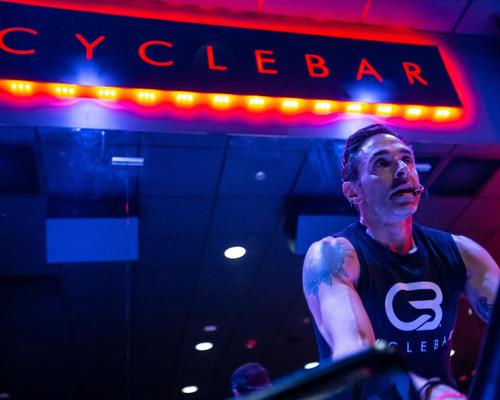26 Mar 2019
'Boutiques will crush the big box operators': Xponential’s Geisler predicts industry upheaval
BY Andy Knaggs

Xponential Fitness founder Anthony Geisler sees a dominant future for his boutique fitness business, and one in which the big box operators have been crushed by the rise of boutiques.
Speaking to Health Club Management in an exclusive interview that’s featured on the cover of the March 2019 issue, Geisler looked ahead five years and predicted how the fitness landscape would look. He pulled no punches in predicting that Xponential would lead the way for boutiques, and his message for big box fitness was a daunting one.
“In five years, we’ll have reinforced our position as the dominant force in boutique, with thousands of locations and a much larger international profile. Looking at the bigger picture, I think boutiques will crush the big boxes. We’re seeing some of the big boxes try to bring in boutique modalities, but none of them have been able to do it well.”
Geisler said that even those boutiques that had been acquired by a big box operator have grown very slowly. “Blink Fitness, for example, has been around for a long time and I think it has 150 locations. We would have had 1,000 in the same period.”
The key to achieving such growth is through operating a franchise model, he said. Xponential Fitness has eight boutique brands, covering pilates, cycling, rowing, yoga, barre, running, stretching and dance-based cardio. Its growth plan for each brand within the business envisages a four-year process in which, typically, more than 800 franchises should be sold, after which it is about maintaining and operating the business. There is also the selling of each brand’s international rights too, which the mostly US-based Xponential has been busy doing.
The model used to maximise the potential of each brand is actually a very simple one, Geisler maintains. “There are three simple components to all these businesses: the programming, the marketing and advertising, and the sales ‒ closing ratios, sales platforms, sales training. Once those three components are optimised, all we do is continue to deliver a great product and continue to charge for that product. That’s really the business we’re in across all modalities.”
Given the simplicity, though, shouldn’t it should be possible for competitors to adopt and adapt the model? “I’m not aware of anyone with more locations or modalities than us,” Geisler said, “and nor do I foresee anyone being able to duplicate what we’re doing.”
To read the full article see the March 2019 issue of Health Club Management here
Close Window